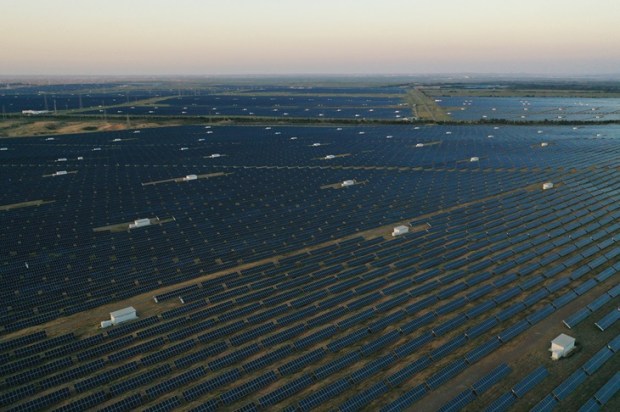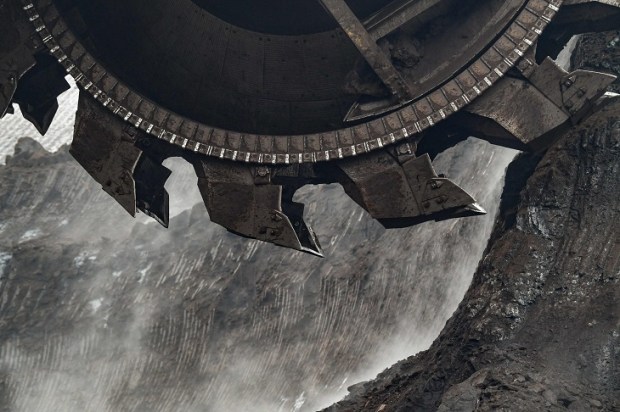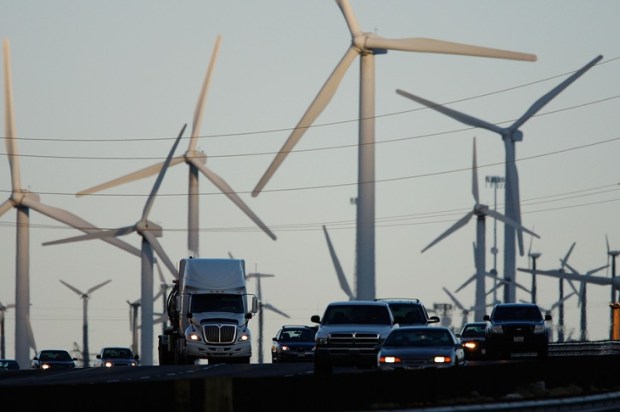Wind droughts would have been the most important discovery in the 20th Century but the discovery came too late to avert the rush to wind and solar power.
Nobody who knew about wind droughts would have tried to replace cheap and reliable conventional power with intermittent inputs to the grid.
This suicidal detour from the main road of power generation has cost trillions of dollars globally and delivered more expensive and less reliable electricity with massive collateral damage to the planet.
This must be one of the worst public policy blunders in recorded history and quite likely the worst in peacetime.
That is why the discovery of wind droughts last century would have been so important but the world had to wait until the New Millennium to get the news from Australia.
Sailors and millers would have known about wind droughts under different names for centuries but in our time (the age of science and reason?) the meteorologists neglected to mention them. They also eluded the attention of the visionaries who decided to save the planet by decarbonising the power supply.
Over a decade ago, while the meteorologists were still asleep at the wheel, independent Australian investigators systematically documented the impact of wind droughts on the electricity supply for the first time.
Pointy-headed boffins are investigating wind and solar droughts, with decades of worldwide weather data to calculate how much power the windmills might generate. Unfortunately, the results are too complicated to clearly indicate whether or not there are ‘lethal’ wind droughts.
In contrast, Anton Lang and Paul Miskelly looked directly at the records of the continuous output of the Australian wind fleet which are publicly available from the market operator.
These records show occasional periods up to three days and nights in duration with hardly any wind power across the whole of South-Eastern Australia. Shorter droughts occur frequently; the most serious in recent times lasted for three days and two nights in May last year. In the absence of feasible and affordable storage at grid-scale, it is obvious that wind will not work, and there is no need for elaborate calculations to prove the point.
This contrast of methods recalls the story that Edison once challenged some engineers to find the volume of a light globe. They made a lot of measurements and performed elaborate calculations, while Edison chipped a small hole in the globe and filled it with water to pour into a measuring jar.
The grid must have continuous input to be fit for purpose, as a fence around stock has to be continuous and it has to be high enough to keep the stock inside. In the same way a dam or a flood levee is only as good as the lowest point, not the average or the highest points. The chain is no stronger than the weakest link, etc.
Wind droughts are the weak link in the electricity chain if we ever depend on intermittent energy and that is why the coal fires will have to be kept burning until we have nuclear power at scale.
The work by Lang and Miskelly has not yet made any difference, despite the support of Jo Nova with her blog and briefing notes from the Energy Realists of Australia.
Lang’s observations are recorded in some thousands of entries on a private blog, rather like a trackless forest that calls for a map and signposts. This study of short-term fluctuations indicates a fragment of the riches to be found in the forest.
He found that falls in wind generation equivalent to the loss of two coal generators can occur in an hour and this degree of unreliability would not be acceptable from conventional power sources.
Paul Miskelly’s landmark paper is very long; fortunately, the abstract and the conclusion convey the essential message.
The paper was published in 2012 but the politicians and the public still don’t realise the gravity of the situation because the journalists and commentators have not informed their listeners and viewers despite a barrage of communications from the Energy Realists to a long list of journalists (currently numbering 109) since June 2020.
The briefing notes also went to all the sitting state and federal members between June 2020 and late 2022. Emails to the list of journalists continued.
One would have expected the more professional practitioners and especially those with conservative leanings to be more responsible but so far the lone voice supporting this crusade is The Spectator Australia.

























